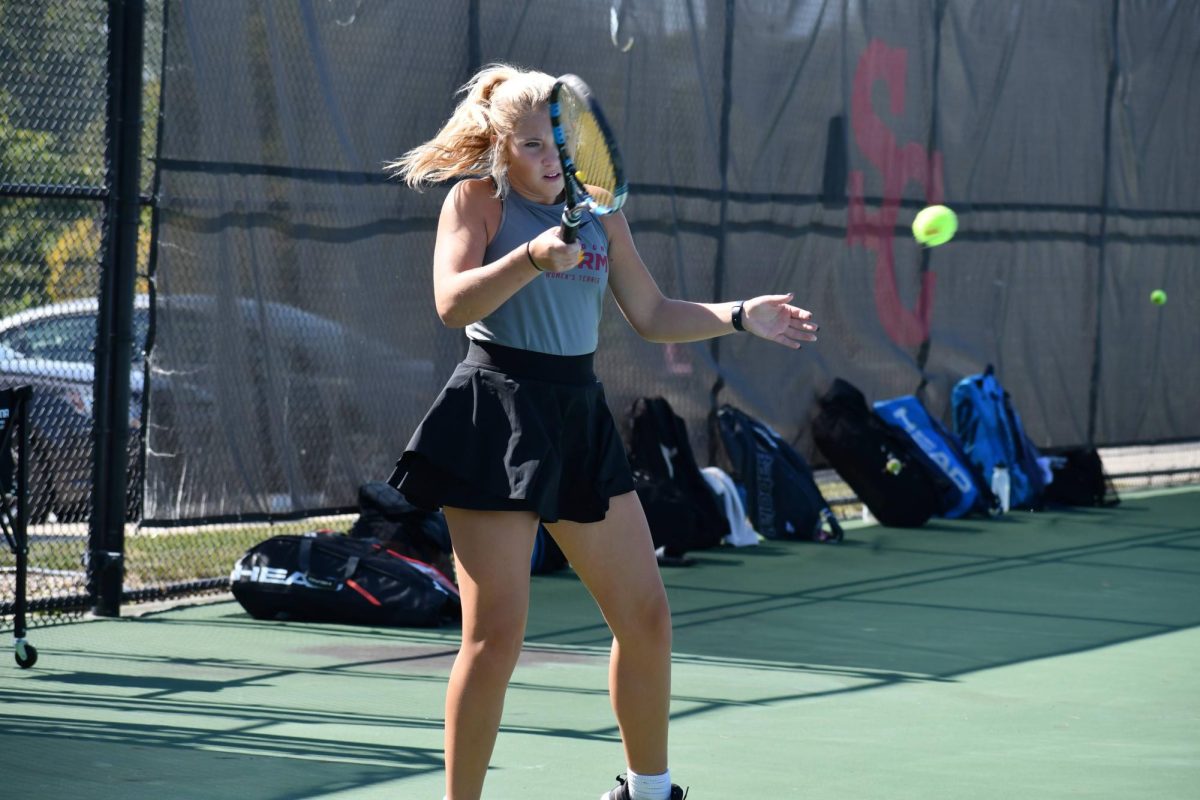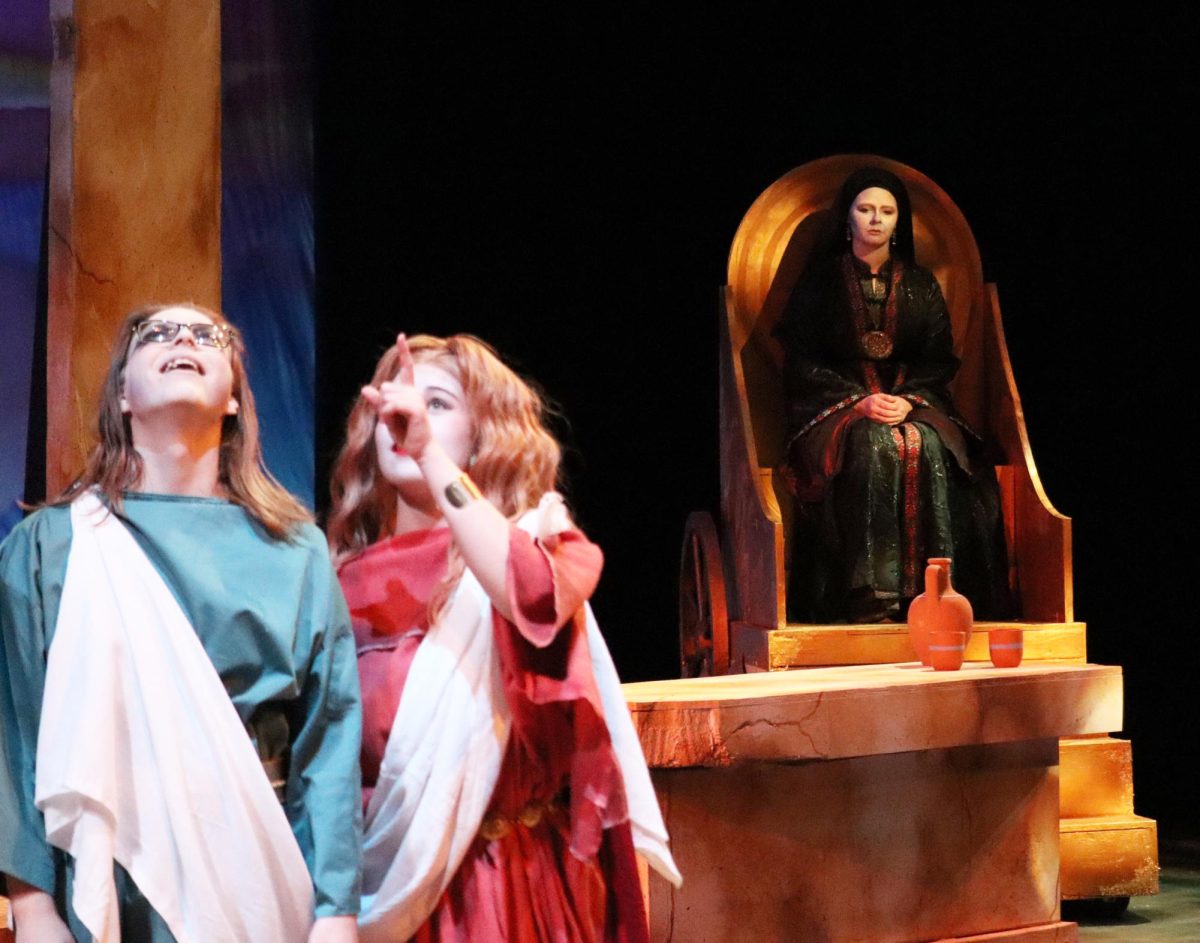Iowa regents seeking tuition freeze
September 26, 2012
Students across Iowa are used to rising tuition costs and debt each year.
Soon, however, that may not be the case for students of Iowa’s three public universities.
Under proposals that have the backing of the presidents of Iowa State University, the University of Iowa and the University of Northern Iowa, the state’s three public universities want to freeze tuition next year for Iowa residents and could cut tuition by $1,000 a year in two years.
The proposal was unveiled in a Sept. 12 meeting of the Iowa Board of Regents, the board tasked with overseeing the state’s public universities.
The universities are asking for additional state funding in order to cover the costs of the cut of tuition. The board will review tuition proposals at a meeting next month in Iowa City, and the proposal would have to pass through the Iowa Legislature to go into effect.
A Des Moines Register review shows that tuition at these universities has increased every year since at least 1992. This past year’s tuition was raised 3.75 percent for most students in Iowa.
Simpson’s tuition this year is $29,572, although most students receive scholarships that result in a much lower actual cost. Tuition at the state universities for 2012-13 ranges from $6,648 to $8,814, depending on a student’s major, but students receive very little in scholarships.
Simpson President, John Byrd, doesn’t see this freeze as having a strong effect on the cost of private schools, like Simpson.
“It’s a proposal, so I’m not sure what the likelihood is that they’ll be able to get approval or find funding for it at the state level, but I doubt that it will have a dramatic impact on private schools,” Byrd said. “We really work hard to keep our tuition at the lowest possible levels, anyway, based on the educational experiences that our students want. There’s already, on our part, many reasons to do the very best job that we can to keep tuition low to begin with.”
Byrd said potential lower tuition costs at the public universities won’t put pressure on Simpson to lower costs. Simpson officials say they offer an education at a competitive price.
“Everyone’s working very hard to improve affordability, both public and private institutions, so everyone’s looking for ways to accomplish that,” Byrd said. “I applaud the public institutions for working to find ways, and we’re always looking for ways too, to moderate our costs.”
Indianola High School guidance counselor, Jori Coghlan, experiences first hand how students make college choices based on the costs of a certain college or university. She is noticing more kids attending community colleges with the plan to transfer to a four-year college, she said.
“The cost of postsecondary education is tough, but in these economical times, I believe parents and kids are looking for other options,” Coghlan said. “Students are realizing the financial benefit of getting their general education classes out of the way and leaving college with less debt, which is one of the benefits to a community college.”
Private schools, like Simpson, participate in 2+2 programs with DMACC, which allow kids to take two years at DMACC and then transfer in for their final four semesters.
While there are some variations in the levels of tuition of private schools in Iowa, they’re not remarkably different. Byrd said financial aid makes it hard to tell exactly how much each differs because not every student is paying the full amount, and most students are paying some variation on that.
“Many times students will apply to a private school but then realize that when their financial package comes through in the spring, they can no longer afford to attend this school,” Coghlan said. “It has a huge impact on their college choice, in many cases.”





